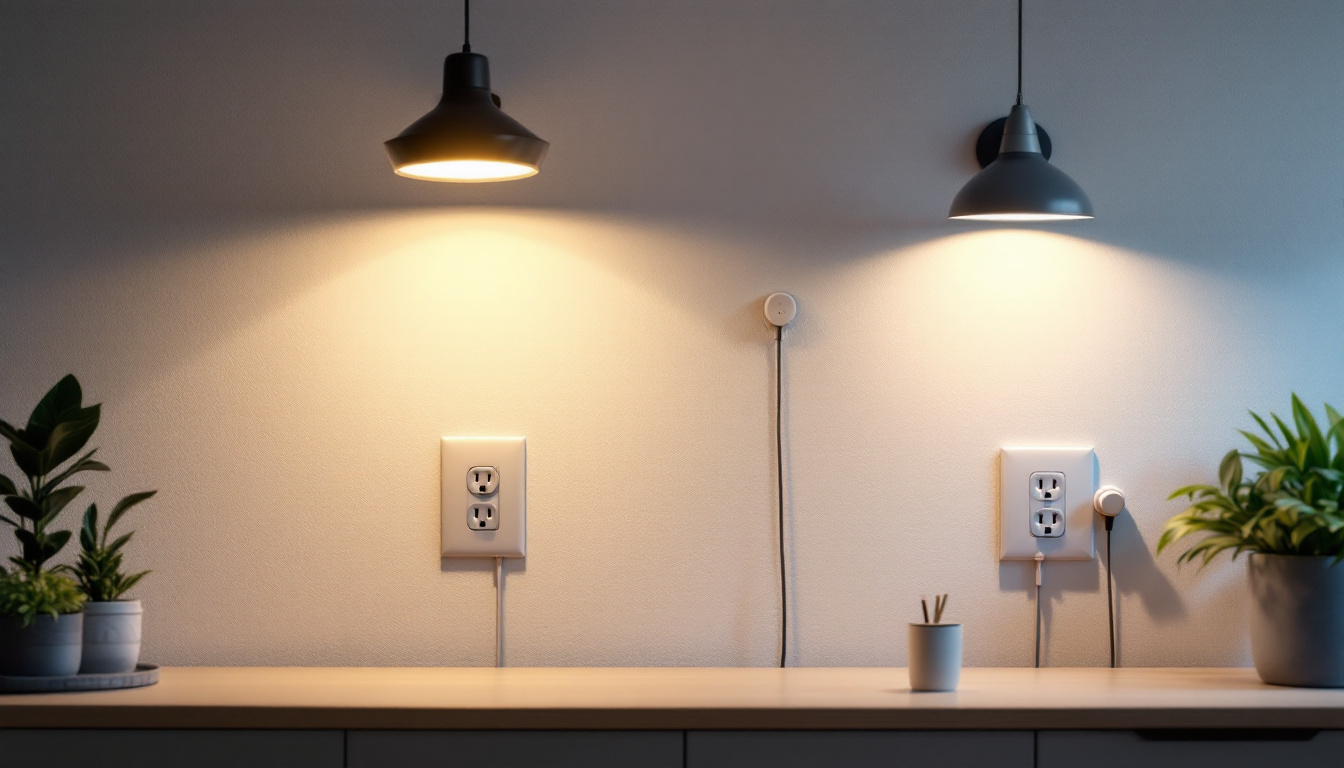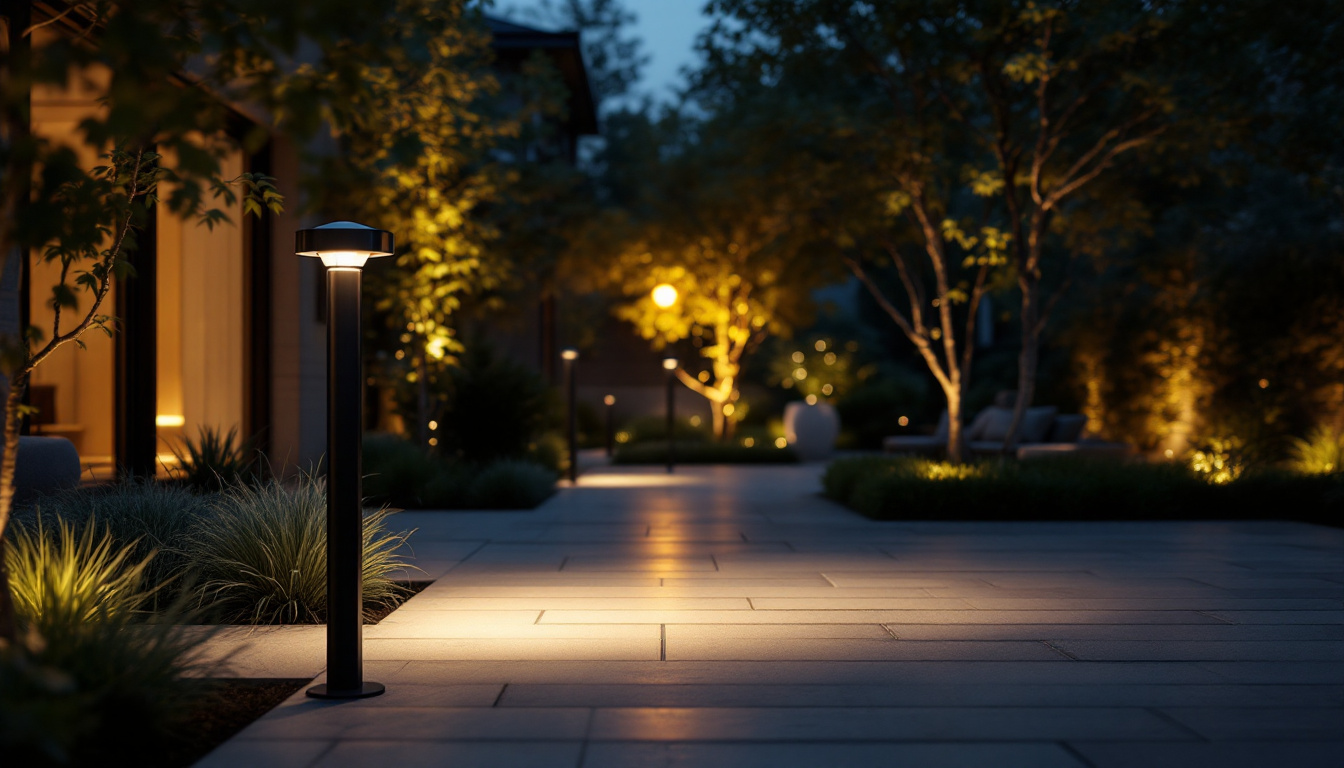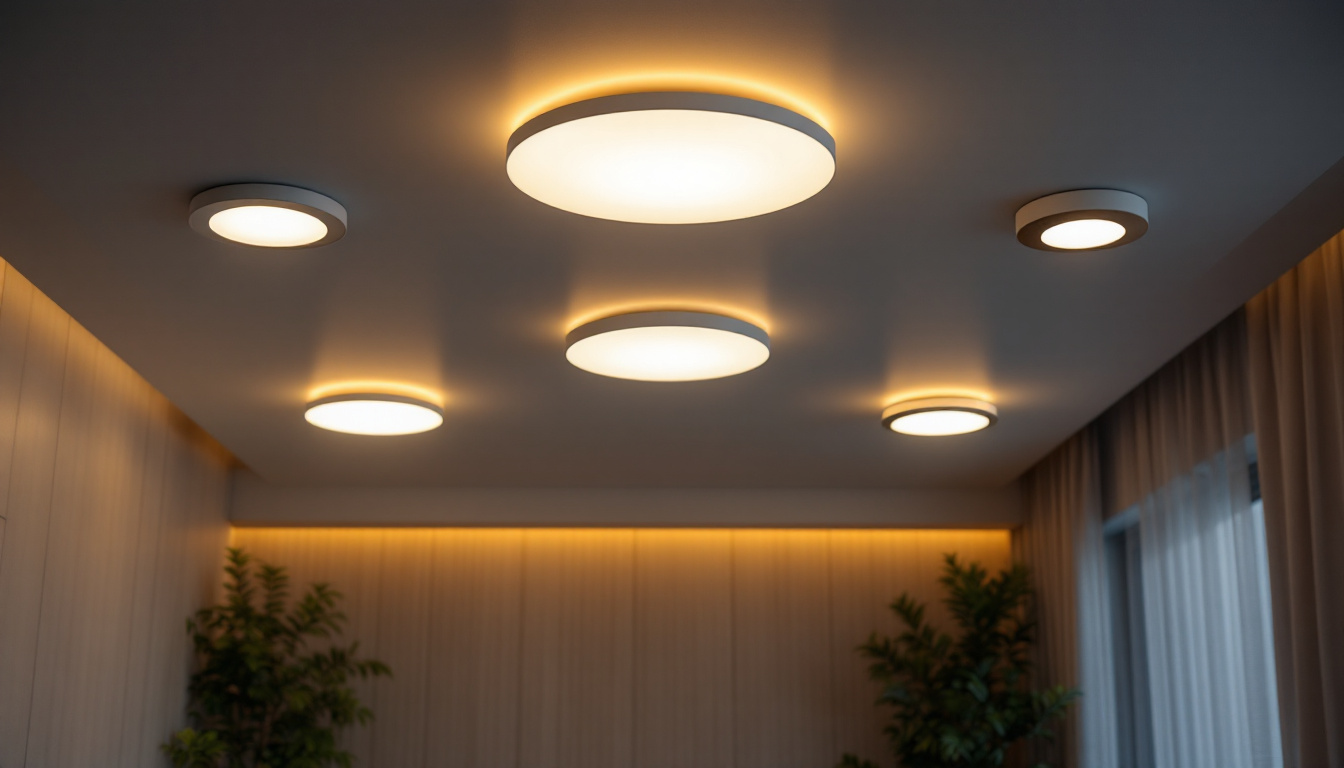
In the world of lighting installation, attention to detail can make or break a project. While lighting contractors are typically focused on the aesthetics and functionality of fixtures, there is a critical aspect that often gets overlooked: wall outlets. These seemingly mundane components play an essential role in the overall effectiveness and safety of lighting systems. Understanding their importance can enhance both the quality of work and client satisfaction.
Wall outlets are more than just power sources; they are integral to the functionality and flexibility of lighting designs. Proper placement and selection of outlets can significantly impact the usability of a space.
One of the primary benefits of strategically placed wall outlets is the flexibility they offer. In residential and commercial settings, lighting needs can change over time. By ensuring that outlets are conveniently located, contractors can allow clients to easily adjust their lighting setups without the need for extensive rewiring.
For instance, in a living room, having outlets near seating areas enables the use of floor lamps or table lamps without the hassle of running extension cords. In commercial spaces, this flexibility can be crucial for adapting to different events or layouts. Additionally, incorporating outlets with USB ports can further enhance convenience, allowing users to charge devices directly without needing a separate adapter. This modern touch not only meets the demands of today’s technology but also keeps the space looking tidy and organized.
Safety is paramount in any electrical installation. Wall outlets must comply with local codes and regulations, which often specify the number and placement of outlets in relation to lighting fixtures. Neglecting these guidelines can lead to not only safety hazards but also potential legal issues.
Contractors should be well-versed in the National Electrical Code (NEC) and any local amendments. This knowledge will ensure that installations are not only safe but also compliant, protecting both the contractor and the client. Furthermore, the installation of GFCI (Ground Fault Circuit Interrupter) outlets in areas prone to moisture, such as kitchens and bathrooms, is essential for preventing electrical shocks. Regular inspections and updates to these outlets can also help maintain safety standards and prolong the life of the electrical system, ensuring that the lighting design remains both functional and secure over time.
Even seasoned lighting contractors can overlook critical aspects of outlet installation. Identifying these common pitfalls can lead to improved project outcomes and enhanced client satisfaction.
One of the most frequent mistakes is improper outlet placement. Outlets should be positioned to accommodate the intended use of the space. For example, in a kitchen, outlets should be placed above countertops where appliances will be used. In contrast, in a home office, outlets should be located near desks and workspaces.
Contractors should conduct a thorough assessment of the space and discuss the client’s needs before finalizing outlet locations. This proactive approach can prevent future frustrations and the need for costly adjustments. Additionally, it’s essential to consider the flow of the room; placing outlets too close to corners or behind furniture can render them useless. By mapping out a detailed plan that includes potential furniture arrangements and appliance placements, contractors can ensure that outlets are not only functional but also easily accessible.
While functionality is crucial, aesthetics should not be ignored. Outlets can detract from the overall design of a space if they are not integrated thoughtfully. Choosing the right color, style, and placement can enhance the visual appeal of a room.
For instance, in a modern living room, a sleek, low-profile outlet can blend seamlessly with the decor, while a bulky, outdated outlet may stand out as an eyesore. Considering aesthetics during the planning phase can lead to a more cohesive and attractive lighting design. Furthermore, utilizing decorative outlet covers or innovative designs can transform standard outlets into stylish elements that complement the interior design. This attention to detail not only elevates the overall look of the space but also demonstrates a commitment to quality craftsmanship.
With the rise of smart home technology, many contractors still overlook the benefits of smart outlets. These devices allow for greater control over lighting systems, enabling clients to adjust settings via smartphone apps or voice commands. Incorporating smart outlets into a lighting design can significantly enhance user experience and appeal to tech-savvy clients.
Contractors should stay informed about the latest advancements in smart technology and be ready to offer these options to clients. This not only adds value to the project but also positions the contractor as a knowledgeable professional in the industry. Additionally, educating clients about the energy-saving potential and convenience of smart outlets can encourage them to invest in these modern solutions. As more homeowners seek to create efficient and connected living environments, being able to provide smart outlet options can set a contractor apart from competitors and lead to increased referrals and repeat business.
To avoid common pitfalls and ensure a successful installation, lighting contractors should adhere to best practices when it comes to wall outlets.
Before beginning any project, a comprehensive site assessment is essential. This includes evaluating the layout of the space, understanding the client’s needs, and identifying potential challenges. During this assessment, contractors should take note of existing outlets and their locations, as well as any obstacles that may affect outlet placement.
By gathering this information upfront, contractors can make informed decisions that will lead to a more efficient installation process and a better end result. Additionally, understanding the electrical load requirements for each area can help in determining the appropriate type and number of outlets needed, ensuring that the installation meets both current and future demands. This foresight can also help in planning for any additional features, such as USB ports or smart outlets, that may enhance the functionality of the space.
Lighting contractors often work alongside electricians, interior designers, and general contractors. Effective collaboration with these professionals can lead to a more cohesive project. By discussing outlet placement and design considerations with other trades, contractors can ensure that all aspects of the installation are aligned.
This teamwork can help to identify potential issues early on and facilitate smoother communication throughout the project, ultimately leading to a more successful outcome. Regular meetings and updates can keep everyone on the same page, allowing for adjustments to be made in real-time as the project evolves. Furthermore, sharing insights about the latest technologies and trends in outlet design can inspire innovative solutions that enhance the overall aesthetic and functionality of the space.
Once the installation is complete, educating clients on the proper use of outlets is crucial. This includes explaining the importance of not overloading outlets and demonstrating how to use any smart features that have been installed. Providing this information empowers clients to make the most of their lighting systems and can prevent future issues.
Additionally, offering maintenance tips can help clients care for their outlets and lighting fixtures, ensuring long-term satisfaction with the installation. For instance, contractors might suggest regular inspections for wear and tear, as well as the importance of keeping outlets free from dust and debris. By fostering a proactive approach to outlet care, contractors can enhance their reputation and build lasting relationships with clients, who will appreciate the ongoing support and expertise provided well after the installation is complete.
As technology evolves, so do the options available for wall outlets. Contractors should stay informed about innovative solutions that can enhance their lighting designs.
pop-up outlets are an excellent option for spaces where aesthetics are a priority. These outlets can be installed in countertops or furniture, allowing them to remain hidden when not in use. This design not only keeps the space looking clean but also provides convenient access to power when needed.
In environments such as conference rooms or kitchens, pop-up outlets can accommodate various devices without compromising the visual appeal of the space.
With the increasing reliance on mobile devices, USB outlets have become a popular choice for both residential and commercial spaces. These outlets allow users to charge devices without the need for bulky adapters, freeing up traditional outlets for other uses.
Incorporating USB outlets into lighting designs can enhance convenience and appeal to clients who prioritize modern technology in their homes or businesses.
For outdoor lighting installations, weather-resistant outlets are a must. These outlets are designed to withstand the elements, ensuring safety and functionality in outdoor environments. Whether for patio lighting, garden features, or pool areas, using weather-resistant outlets can prevent electrical hazards and ensure longevity.
Contractors should consider the specific needs of outdoor spaces and recommend appropriate outlet options to clients, enhancing both safety and usability.
In the realm of lighting installation, wall outlets are often an afterthought. However, their importance cannot be overstated. By understanding the role of outlets in lighting design and avoiding common oversights, lighting contractors can elevate their work and provide exceptional value to clients.
From ensuring proper placement and compliance to incorporating innovative solutions, there are numerous ways to enhance the effectiveness of outlet installations. By prioritizing these often-overlooked components, contractors can create lighting systems that are not only functional but also aesthetically pleasing and adaptable to the changing needs of clients.
Ultimately, a focus on wall outlets can lead to more successful projects, satisfied clients, and a stronger reputation in the competitive field of lighting installation.
Don’t let overlooked details like wall outlets diminish the quality of your lighting installations. At LumenWholesale, we provide lighting contractors with the finest spec-grade lighting products at unbeatable wholesale prices. Our extensive selection is designed to meet the highest industry standards, ensuring you deliver reliable and high-performance lighting solutions for every project. Plus, with free shipping on bulk orders, you can enjoy premium lighting at the best value — without hidden fees or compromises. Elevate your lighting projects and experience the perfect blend of quality, affordability, and convenience. Visit LumenWholesale today for Wholesale Lighting at the Best Value.

Discover the essential guide for lighting contractors in “Fluorescent Tube Lamp: The Ultimate Handbook.” Explore installation tips, energy efficiency insights, and maintenance strategies to enhance your lighting projects and stay ahead in the industry..

Discover how lighting pendants can revolutionize cost-efficiency for lighting contractors.

Discover essential tips for integrating movement sensor lights into your projects without breaking the bank.

Discover essential insights and expert tips for lighting contractors on installing in-ceiling lights.